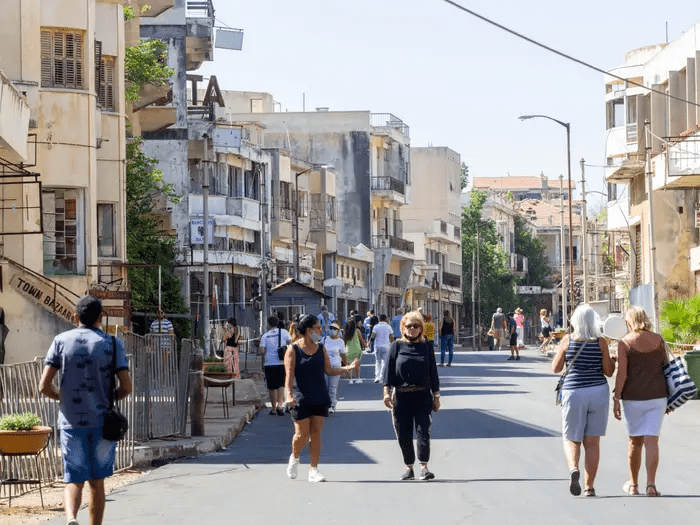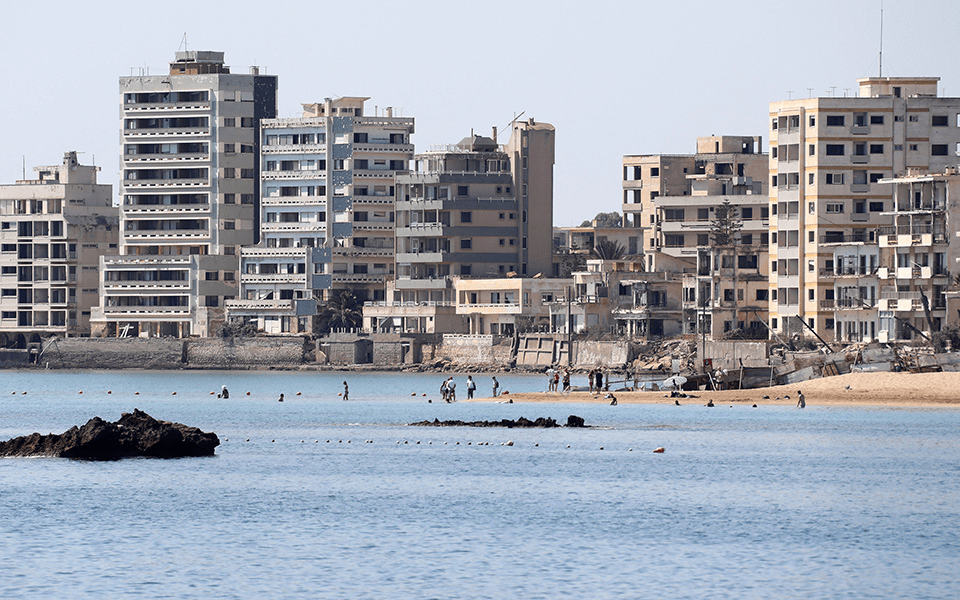
The Enigmatic Silence of Varosha: Cyprus’ Abandoned City
Nestled along the eastern coast of the Mediterranean island of Cyprus lies Varosha, a once-thriving resort town that now stands as a ghostly testament to the island’s tumultuous history.
Abandoned since 1974, Varosha has become a poignant symbol of Cyprus’s division, attracting both intrigue and melancholy. This article delves into the history, current state, and enigmatic appeal of what is often referred to as the “forgotten city” of Cyprus.
Trending Now!!:
The Rise and Fall of Varosha
Varosha, part of the greater Famagusta area, was known for its luxury hotels, golden beaches, and vibrant nightlife, making it a favored destination for tourists, especially during the 1960s and early 1970s. The city was a beacon of prosperity, often compared to the French Riviera. However, this era of affluence was abruptly halted by the 1974 Turkish invasion of Cyprus, triggered by a coup aimed at uniting the island with Greece.

The Abandonment
As the conflict escalated, the inhabitants of Varosha, fearing for their safety, fled the city, leaving behind their homes, businesses, and personal belongings. The Turkish military subsequently occupied Varosha, cordoning it off with barbed wire and declaring it a military zone. What followed was decades of abandonment, with Varosha becoming a frozen moment in time, untouched by human hands, save for the elements and occasional military patrols.
Current State
Today, Varosha remains largely deserted, a city where nature has begun reclaiming the streets and buildings. High-rise hotels, once symbols of luxury, now stand as skeletal structures overtaken by vegetation. The once-bustling avenues are eerily quiet, with cars left in the same spots they were parked in 1974. The passage of time has transformed Varosha into an urban wilderness, where wild animals roam freely among the ruins.

Legal and Political Perspectives
The abandonment of Varosha has not only been a human tragedy but also a geopolitical conundrum. The city’s fate is tied to the broader Cyprus dispute, with various resolutions and negotiations over the years failing to bring about its reopening. In 2020, a partial reopening was announced by the Turkish Cypriot administration, leading to an international outcry and legal challenges, as the area is still recognized internationally as part of the Republic of Cyprus.
Cultural Impact and Tourism
Varosha’s status as a no-man’s land has ignited a peculiar form of tourism known as “dark tourism,” where visitors are drawn to sites associated with death, disaster, or the macabre. Despite being officially off-limits, the perimeter allows for a distant view, often through binoculars, of what lies beyond. This specter of Varosha has also inspired artists, writers, and filmmakers, becoming a muse for explorations of loss, memory, and the passage of time.
Conclusion
Varosha stands as a haunting reminder of Cyprus’ unresolved issues. It is a city caught in a time capsule, waiting for a political solution that might bring its deserted streets back to life. Until then, Varosha continues to decay, a silent witness to the complexities of history, conflict, and human longing. Its story is not just of bricks and mortar but of the dreams and lives left behind, making it one of the most poignant abandoned cities in the modern world.
Epilogue
The future of Varosha remains uncertain, a limbo that mirrors the broader Cypriot dilemma. Whether it will be restored, preserved as a historical site, or fade further into oblivion, Varosha, for now, whispers its tales of yesteryear to those who listen, a city frozen in time, waiting for its next chapter to begin.

